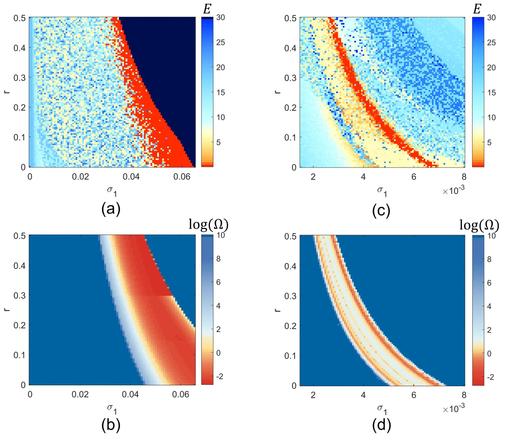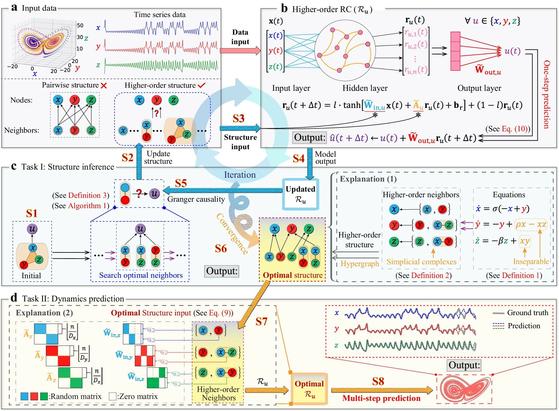New paper!
If you want to assess the stability of the synchronization of a system of identical oscillators, you can use the Master Stability Function. However, what do you do in a real-world case, when the elements of the system are not exactly identical? We show how to extend the formalism and use it also when there are many-body interactions, such as in a simplicial complex.
https://journals.aps.org/prresearch/abstract/10.1103/ml7b-r35h
#mathematics #physics #science #synchronization #stability #chaos #MSF #simplicialcomplex #complexity #nonlinear #dynamics

